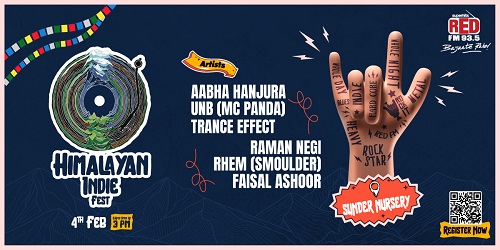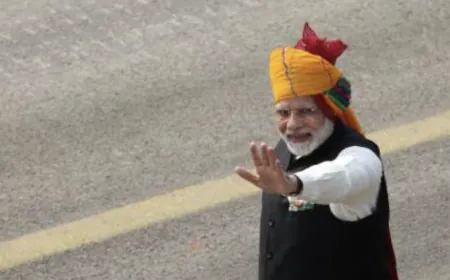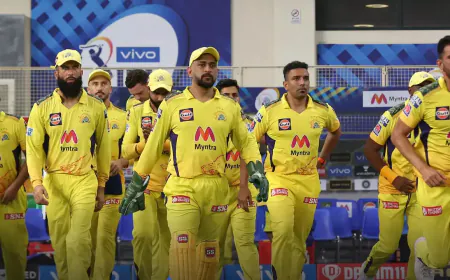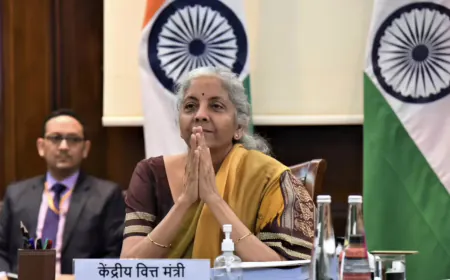Strategic Gameplay Sees Unprecedented Adoption in Tier-2 and Tier-3 Cities
According to a recent Lumikai report, non-metro gamers from Tier-2 and Tier-3 areas now make up 66% of India’s total gaming population of 591 million players.

Online gaming was once an urban-centric pastime. However, in recent years, rummy games and other strategic online gaming apps have exploded in popularity across India’s Tier-2 and Tier-3 cities. Small-town players are moving from the sidelines to the center-stage, thanks to various contributing factors like affordable smartphones, cheaper data plans, and user-friendly gaming platforms that cater to regional audiences.
According to a recent Lumikai report, non-metro gamers from Tier-2 and Tier-3 areas now make up 66% of India’s total gaming population of 591 million players. Industry data also reveals that the sharp rise in gaming as a pastime outside the metros is not a new development. It has been a sustained phenomenon, steadily shaping up over the past few years. As the India Mobile Gaming Report 2022 found, the top 10 cities that saw the highest number of new gamers were all non-metros.
What’s Driving the Gaming Boom in Tier-2 and Tier-3 Cities?
Whichever way you look at it, it’s undeniable that India’s hinterlands are fueling the gaming boom in the country. As per a study commissioned by Meta, around 50% of casual gamers and 43% of real-money gamers belong to Tier-2 and Tier-3 cities. Several converging factors have contributed to this surge.
Top among these is the country’s telecom revolution and its widespread adoption of 4G and 5G networks. Budget smartphones priced at around ₹5,000, coupled with affordable data packs at ₹100 or so per month, have bridged the connectivity gap. Now, young people, homemakers, and students in semi-urban and rural areas can join the gaming culture en masse.
Tier-2 and Tier-3 cities have also seen a sharp growth in disposable income. This is directly tied to the increased spending on leisure recorded in non-metros. To put things in perspective, spending on online games in smaller towns grew 16-fold between 2019 and 2024.
Skill-based games, in particular, have found appeal in these cities because they are viewed less as mindless ways to kill time and more as mind sports or avenues for self-improvement. Games like chess, Ludo, and 13-card rummy demand various skills, from strategy and quick decision-making to concentration and patience. This cognitive appeal resonates greatly with young professionals and students in smaller cities and towns.
Decoding Local Flavors: What’s Popular by Region and Language
Local culture and language have become central to the growth of strategic gaming outside the metros. By adapting them to the user’s preferences, game developers in India have given a new lease of life to traditional favorites like 13-card rummy, Ludo, carrom, and Snakes & Ladders. Many of these have become runaway hits in their digital formats. They transcend language barriers and are easy for beginners entering the gaming market.
Gaming companies are also increasingly prioritizing vernacular support in their gaming apps. This is a notable development because a vast majority of internet users in India prefer local languages over English. So, many leading gaming platforms now offer interfaces, customer support, and tutorials in regional languages. RummyCulture, for instance, offers support in four Indian languages besides English. Such support makes a significant difference for small-town gamers, who are more comfortable in their native tongues.
This desi makeover has paid off by improving engagement. As an associate director and marketing lead at Krafton India noted, adding elements like a Malayalam voice pack in Battlegrounds Mobile India and running region-specific ad campaigns in South India sharply boosted connection with local players.
India’s Gaming UX Goes Local
As the gaming community expands to include an increasing number of players from semi-urban and rural India, gaming companies have pivoted their strategies to serve the changing user base. They are leveraging local influencers and running vernacular campaigns to reach new audiences in Tier-2 and Tier-3 cities. These on-the-ground marketing efforts complement the organic spread of strategy gaming as a legitimate pastime in the country.
The best gaming platforms of today follow a mobile-first design philosophy. This means their apps are optimized for low-end devices, work smoothly even on limited mobile data, and have intuitive interfaces tailored for vernacular use. They also implement low-cost entry points, like allowing very small in-game purchases or low-denomination tournament buy-ins. By thus removing the primary barriers of language, cost, and accessibility, India’s gaming companies have made the average gaming app’s UX highly local and audience-friendly.
Playing for Pride: Gaming as an Aspirational Pursuit
The trend of strategy-based and skill-based gaming in semi-urban India also has another heartening layer to it. They have emerged as an aspirational pursuit for people of all ages from India’s heartlands. Not so long ago, students who spent hours on mobile games were subject to parental rebuke. However, success stories from India’s Tier-2 and Tier-3 cities are changing the way parents and children perceive this activity.
A prime example of this phenomenon is the case of Akash Kumar from Bijnor, UP, who won around ₹1 crore in a rummy game tournament in 2023. This, coupled with many other instances of small-town gamers winning big money, has transformed gaming into an aspirational activity in semi-urban India.
As the number of casual and real-money gamers in Tier-2 and Tier-3 cities grows, these smaller cities and towns are shedding their image as peripheral markets and transforming into primary drivers of growth. Industry reports now predict that the country’s gaming market is set to expand to $9.2 billion by 2029.
What’s most encouraging is how inclusive this growth is. The gaming community, spanning Patna to Pune, Bangalore to Bhubaneshwar, is incredibly diverse. The borders between urban and semi-urban regions are blurring, the digital gaming playground is now truly national, and everyone has a seat at the game table.
For Latest News update Subscribe to Sangri Today's Broadcast channels on Google News | Telegram | WhatsApp




































.jpeg)


































































































